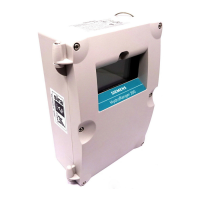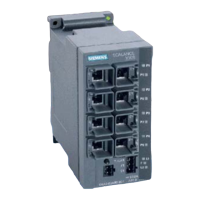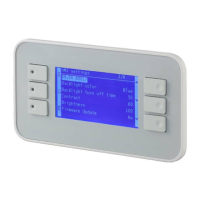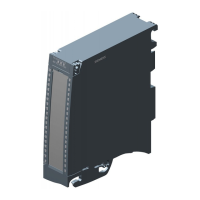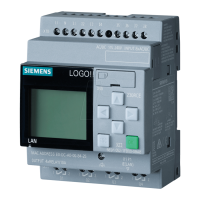Operating
7.12 Open Channel Monitoring (OCM)
HydroRanger 200 HMI
Operating Instructions, 06/2018, A5E36281317-AC
137
Open Channel Monitoring (OCM)
An OCM installation is defined three ways, with each one based on the Primary Measuring
Device (PMD) used:
1.
Dimensional [Primary Measuring Device (2.13.2.) = Palmer-Bowlus Flume, H-Flume,
Rectangular Flume BS-3680, or Thin Plate V-Notch Weir BS-3680]
– BS-3680/ISO 1438/1 Thin Plate V-notch weir (Page 141)
– BS-3680/ISO 4359 Rectangular Flume (Page 142)
– Palmer-Bowlus flume (Page 143)
– H-flume (Page 144)
For some common weir and flume types. PMD dimensions [PMD Dimensions (2.13.5.)
(Page 246) ] are entered directly.
2.
Exponential [Primary Measuring Device (2.13.2.) = Exponential devices]
For most other weir and flume types. PMD exponents provided by the manufacturer are
entered. Flow is calculated using the exponent [Flow Exponent (2.13.4.1.) (Page 241) ]
and the maximum values [Maximum Head (2.13.4.2.) (Page 243) and Maximum Flow
(2.13.4.3.) (Page 243) ].
– Standard weirs (Page 145)
– Parshall Flume (Page 148)
– Leopold-Lagco flume (Page 149)
– Cut throat flume (Page 150)
3.
Universal [Primary Measuring Device (2.13.2.) = Universal Linear Flow Calculation,
Universal Curved Flow Calculation]
For all other PMDs, the head-to-flow curve can be plotted based on known breakpoints,
usually supplied by the PMD manufacturer.
– Example flumes (Page 152)
– Example weir profiles (Page 153)
– Typical flow characterization (Page 151)
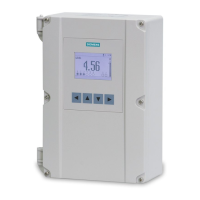
